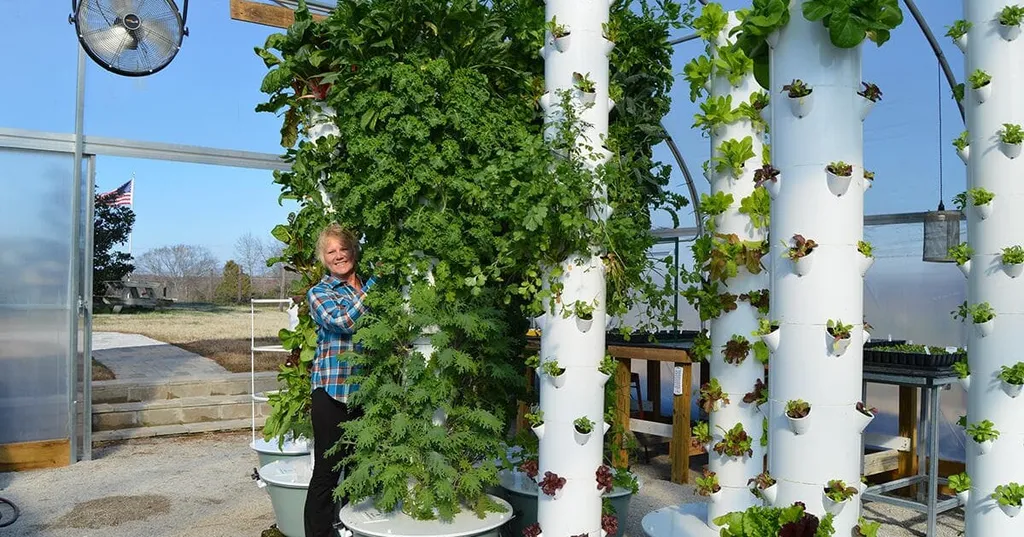In the heart of Tennessee, a groundbreaking study is reshaping our understanding of vertical farming and its potential to complement traditional agriculture. Andruw Jones, a researcher from the Department of Agricultural Sciences and Engineering at Tennessee State University, has been delving into the intricate world of nitrogen fertilizer application rates and their impact on organic kale and Swiss chard. The findings, published in Horticulturae, the English translation of which means “Gardening,” offer a glimpse into the future of sustainable urban gardening and could have significant implications for the energy sector.
Vertical farming, a method of growing crops in vertically stacked layers, is gaining traction as a sustainable solution to feed the growing global population. Jones’ study aimed to evaluate the effects of various nitrogen fertilizer application rates on the growth and yield of organic kale and Swiss chard in a vertical farming system. The rates ranged from a low of 1055.3 ppm to a high of 2811.3 ppm, with a recommended rate of 1640.9 ppm and a control group at 469.9 ppm.
The study, conducted during the spring and fall seasons of 2023, measured several growth parameters, including fresh weight, Brix, chlorophyll, plant height, and leaf count. While most parameters did not exhibit statistically significant differences, the trends observed were consistent and noteworthy.
“Although not statistically significant, kale achieved the highest mean fresh weight at the recommended nitrogen rate,” Jones explained. “Similarly, Swiss chard showed promising trends at the highest nitrogen rate during the spring season.” These findings suggest that while definitive conclusions are limited, the recommended nitrogen rates may enhance crop performance and contribute to sustainable yields in resource-constrained vertical farming systems.
The commercial impacts of this research are substantial. As urbanization continues to rise, the demand for locally grown, fresh produce is increasing. Vertical farming offers a solution to this demand, reducing the need for long-distance transportation and the associated energy costs. By optimizing nitrogen fertilizer application rates, farmers can maximize yields and minimize waste, further enhancing the sustainability and profitability of vertical farming systems.
Moreover, the energy sector stands to benefit from these advancements. Vertical farming systems often rely on artificial lighting and climate control, which can be energy-intensive. By improving crop yields and reducing resource waste, farmers can lower their energy consumption and reduce their carbon footprint. This not only benefits the environment but also reduces operating costs, making vertical farming a more viable and attractive option for commercial farmers.
The study also highlights the need for further controlled studies to validate these trends and refine nutrient strategies in vertical growing systems. As Jones noted, “Further research is warranted to fully understand the potential of vertical farming and optimize its benefits.”
In conclusion, Jones’ research offers a promising glimpse into the future of sustainable agriculture. By optimizing nitrogen fertilizer application rates, vertical farming systems can enhance crop performance, reduce resource waste, and contribute to a more sustainable and energy-efficient food production system. As the global population continues to grow, these advancements will be crucial in meeting the increasing demand for fresh, locally grown produce. The findings published in Horticulturae mark a significant step forward in this journey, paving the way for a more sustainable and resilient agricultural future.

